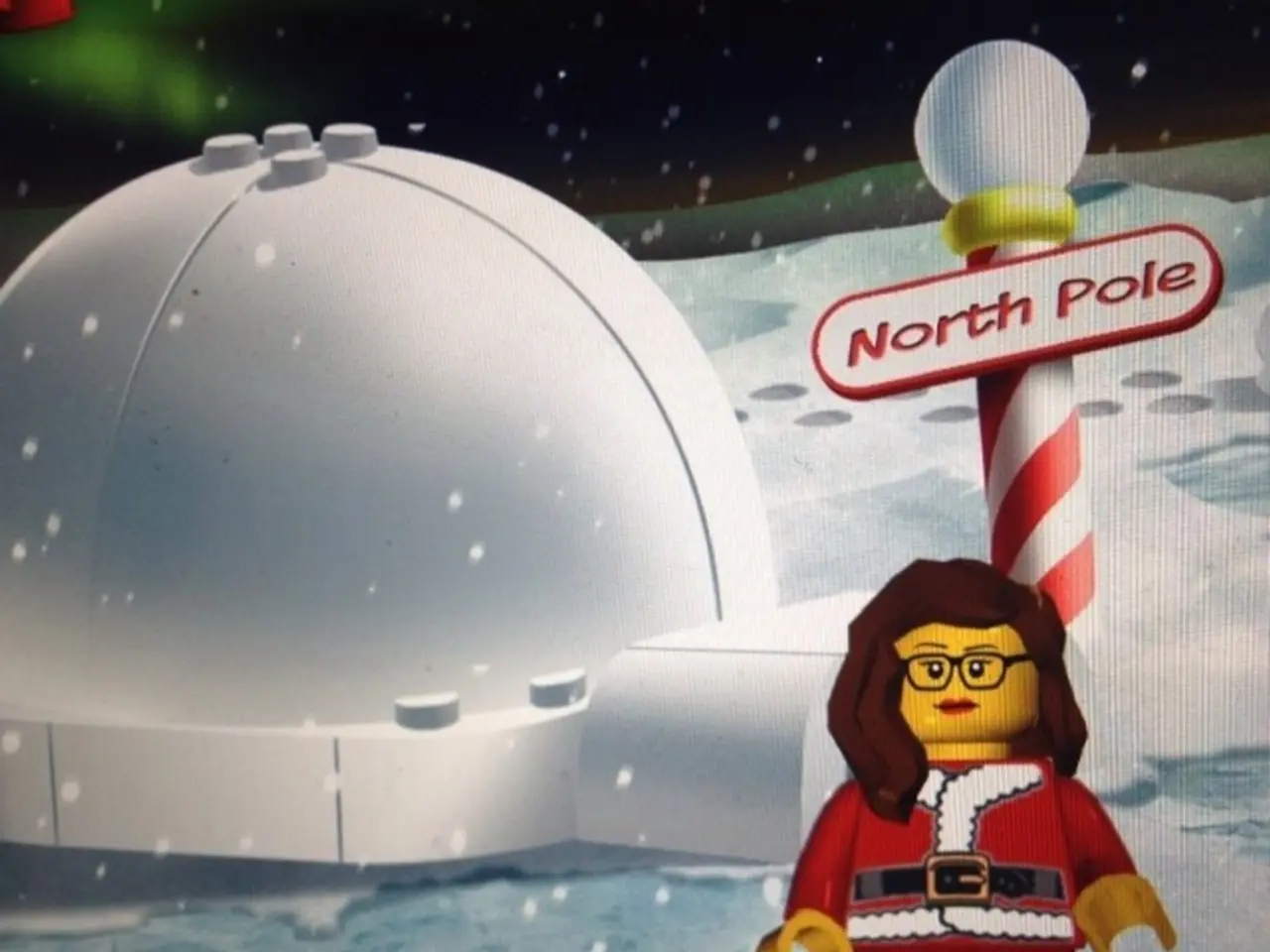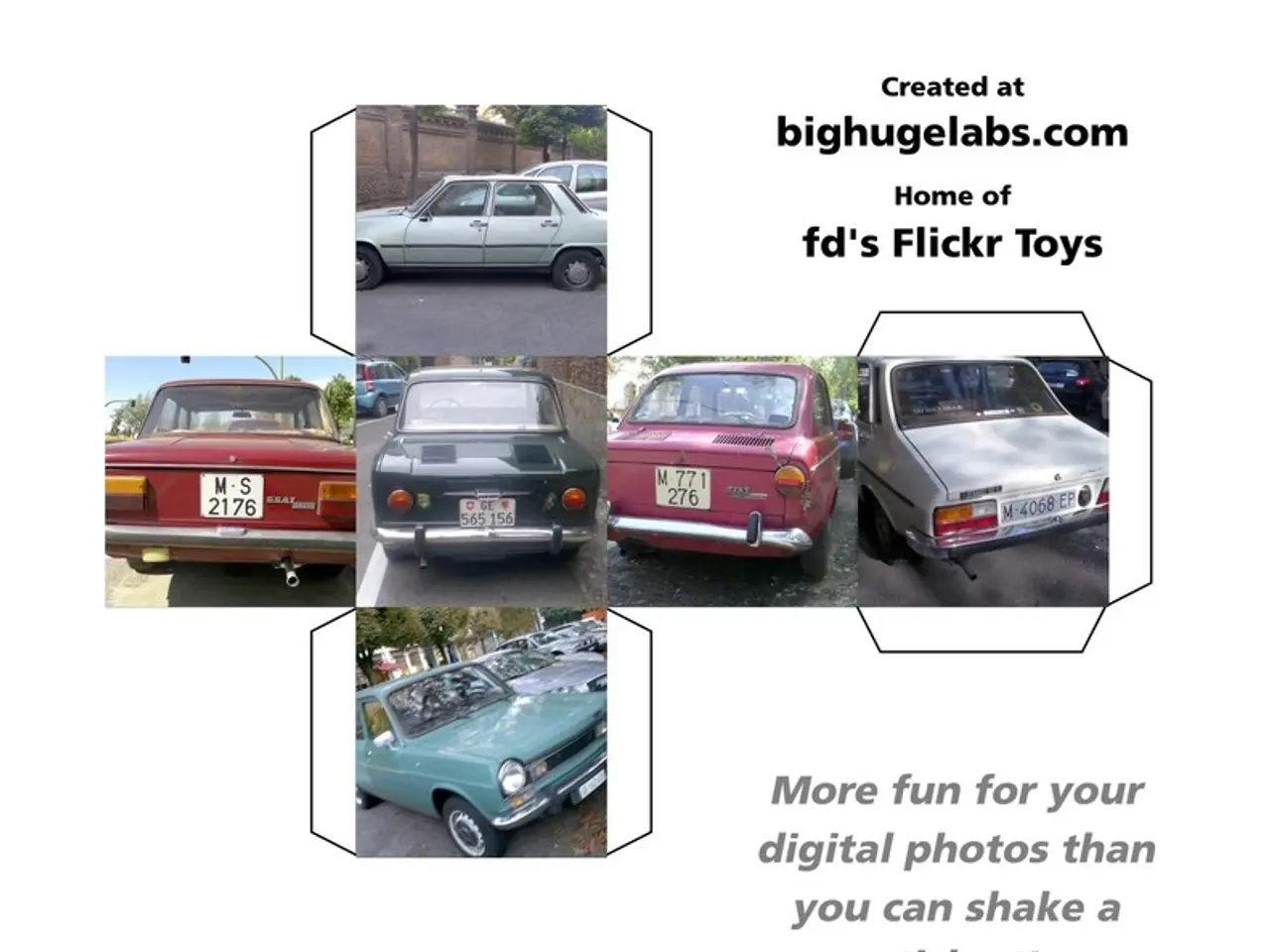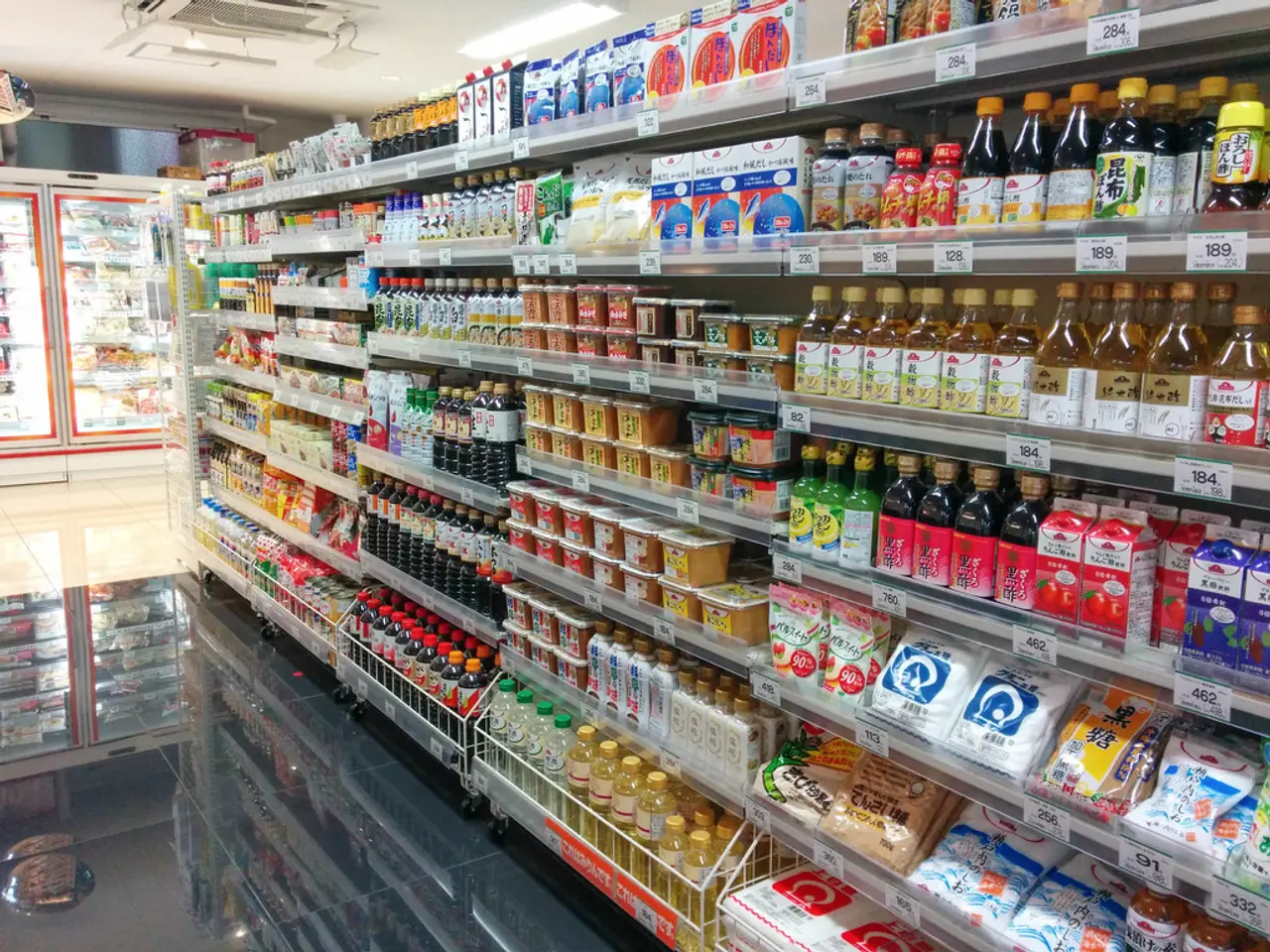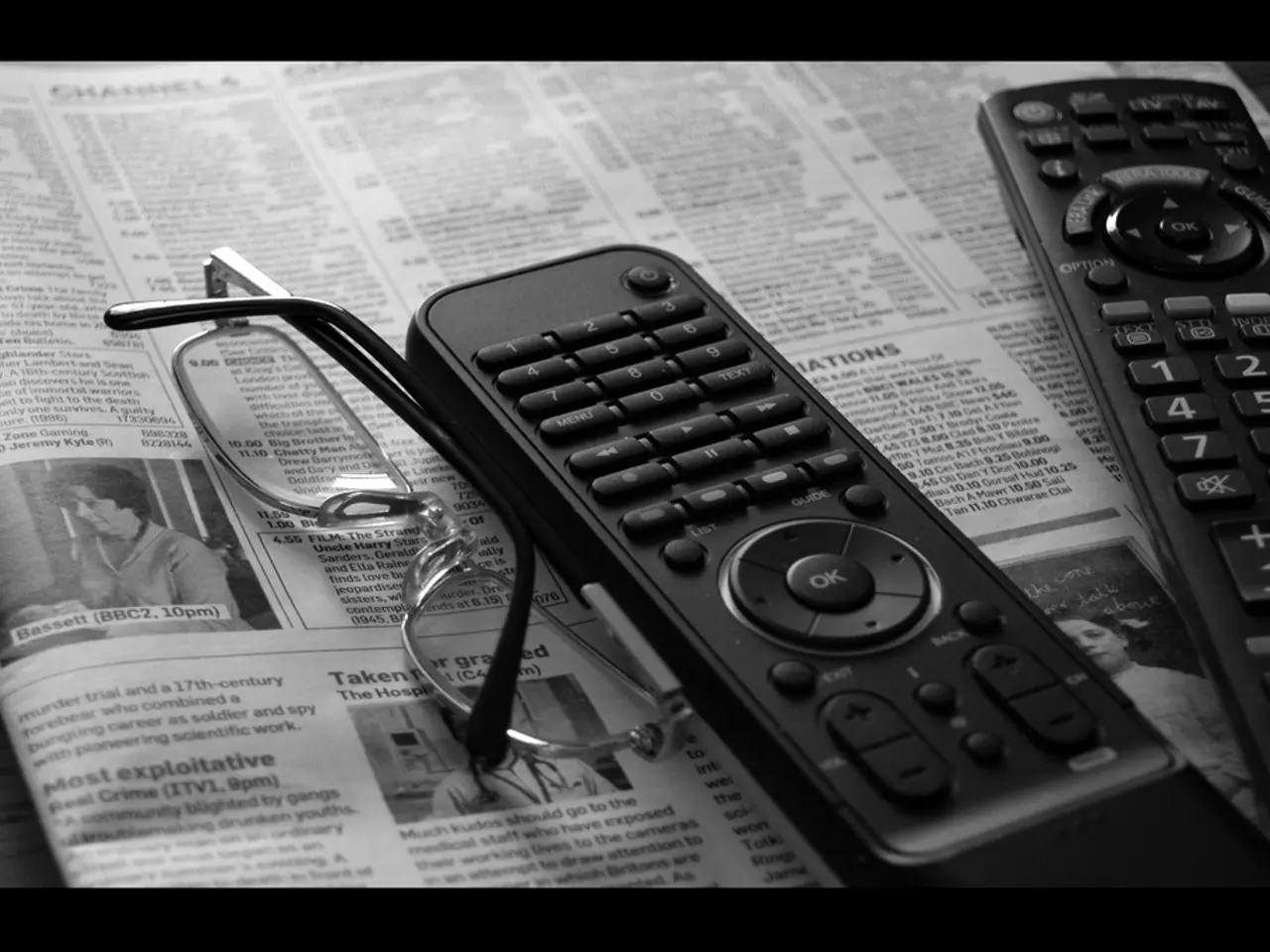Costs of 3D Animation in 2025: Expected Rates and Budgeting Strategies
In the ever-evolving world of 3D animation, understanding the costs and timelines associated with this intricate process is crucial for both businesses and creators. This article aims to provide a clear overview of the factors that influence the cost of 3D animation, as well as the typical production times for various regions.
Firstly, it's essential to acknowledge that customization and client-specific requirements can quickly inflate the animation budget. However, companies like the one we're focusing on offer 3D animation services for games of all scales, from indie to AAA, with a commitment to achieving high-quality outcomes within budget.
The complexity of a project plays a significant role in determining its cost. For instance, creating a 1-minute 3D animation can take between 120 to 180 hours, depending on its complexity. Post-production, which includes editing, music, and sound effects, can also significantly affect the cost.
The level of detail and realism in a 3D animation directly impacts the animation budget. As such, a strong script and effective storyboarding can streamline the animation process and reduce the need for costly revisions. By making informed choices, such as opting for a simpler style or selecting the perfect voiceover talent, it's possible to stay within budget while exceeding expectations.
Regarding production time, creating a 1-minute 3D animation typically requires a considerable amount of effort, often involving the full animation pipeline: pre-production (scriptwriting, storyboarding), production (modeling, rigging, animating), and post-production (rendering, effects, editing). Industry norms suggest that producing 1 minute of quality 3D animation generally takes several weeks to multiple months, depending on complexity and studio capabilities.
As for the costs, the average cost per minute of 3D animation in 2025 varies significantly by region. In the United States, studios typically charge between $10,000 and $20,000 per minute, with some high-end projects costing even more. Eastern European rates are lower but higher than developing countries, commonly ranging from $3,000 to $6,000 per minute. India's 3D animation costs are among the lowest globally, often well below $3,000 per minute, reflecting lower labor costs.
In summary, the costs cover the entire process from concept through final post-production. The timeline depends heavily on project complexity, the number of team members, and the level of detail required. These costs and timelines remain relevant in 2025, with hourly rates for 3D animators in the United States typically ranging from $100 to $199, while in Eastern Europe, rates can be as low as $25 per hour.
To illustrate the application of these principles, the company undertook extensive 3D animation work for the survival game "No Way Out," using Maya to skin, rig, and animate the character to ensure realistic movements. They also developed another game character, Julia, from scratch using their full-cycle pipeline. Complex 3D animation scenes with multiple characters and dynamic environments take more time to animate and are more costly.
In conclusion, navigating the costs and timelines of 3D animation requires a comprehensive understanding of the various stages of the process and the factors that influence each stage. By making informed decisions and leveraging efficient workflows, it's possible to create high-quality 3D animations while staying within budget.
- Artificial-intelligence can optimize the 3D animation process by automating repetitive tasks, reducing the number of hours required and thereby lowering the cost.
- As the world advances in technology, innovations in gadgets and software can revolutionize 3D animation, offering improved efficiency, realism, and ultimately, cost reduction.




